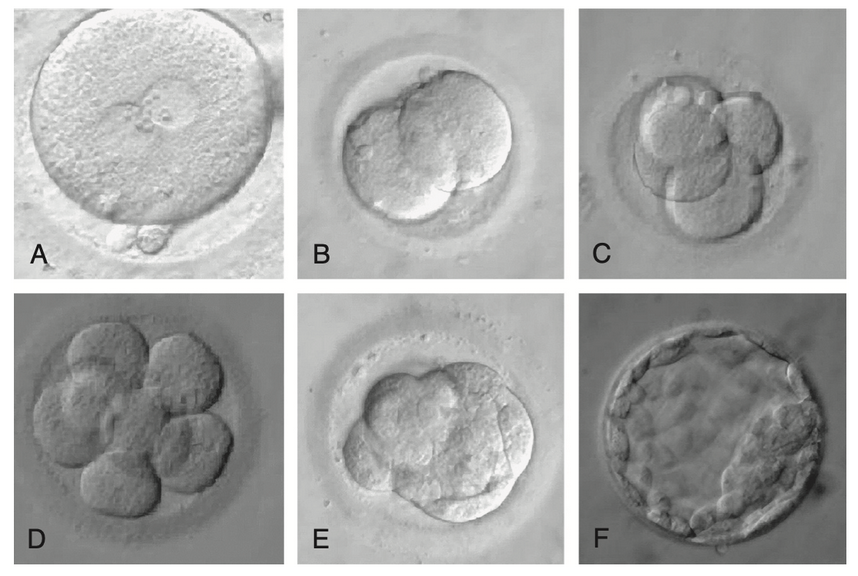My AMH Is Only 0.3 — Can I Still Get Pregnant?
- legend family
- Oct 1
- 3 min read

🔬 What Is AMH, Exactly?
AMH (Anti-Müllerian Hormone) is a hormone secreted by small follicles in your ovaries. It's often used as an indicator of ovarian reserve — in simpler terms, how many eggs you may have left.
It does not predict whether you’ll ovulate tomorrow or whether your eggs are healthy — it simply gives an estimate of the quantity, not quality, of your egg supply.
📊 What Is Considered a Low AMH?
Normal: 1.5 – 4.0 ng/ml
Low: 0.7 – 1.4 ng/ml
Very Low: <0.7 ng/ml
So if your AMH is around 0.3, it’s definitely considered low — but it’s not zero, and you still have eggs.
⚠️ Common Misconceptions About Low AMH
Many people believe:
“Low AMH means I can’t get pregnant.”
“IVF won’t work if my AMH is too low.”
“AMH can be increased with the right supplements.”
These are misconceptions. Here's what you should know:
✅ Low AMH means fewer eggs, not no eggs.
✅ Egg quality is not directly linked to AMH.
✅ Women with AMH as low as 0.2 have still conceived — even with their own eggs.
🔄 Can AMH Levels Increase?
You might have heard stories like:
“I took supplements and my AMH increased from 0.4 to 1.0.”
“I changed my lifestyle and my AMH went up.”
Yes, AMH levels can fluctuate slightly, but here’s the truth:
Different labs and test methods can give different numbers.
Temporary improvements in lifestyle or supplements may improve egg responsiveness, but they don't reverse ovarian aging.
AMH rarely increases significantly or permanently.
So instead of focusing on raising the number, the real focus should be:
👉 How can we make the most of the eggs you still have?
🧪 Why Do U.S. IVF Clinics Often Succeed With Low AMH Cases?
Because they don’t give up — and they have the technology and experience to support that decision.
🇨🇳 In many local clinics (e.g., in China):
Doctors face high patient volume and may not prioritize difficult cases.
“Low AMH? Consider egg donation” is often the standard suggestion.
Protocols are standardized, not individualized.
🇺🇸 In U.S. fertility clinics:
Treatment is fully personalized — especially for low AMH or advanced age.
Advanced protocols like mini-stimulation, dual-trigger, natural cycle IVF are commonly used.
Even if only 1 or 2 eggs are retrieved, every effort is made to culture and test them properly.
PGT (genetic testing) is often used to select the most viable embryos.
💬 Real Case: AMH 0.58, Still Pregnant With Her Own Egg
A 38-year-old patient had an AMH of 0.58.
She had failed IVF cycles in her home country and was told egg donation was her only option.
In the U.S., her doctor used a mild stimulation + dual trigger protocol.
She produced 3 eggs → 2 fertilized → 1 embryo passed PGT → successful pregnancy on first transfer.
“I didn’t have many eggs — but I had one good one. And that’s all I needed.”
🧡 Final Words
Low AMH is a challenge, but not a dead end.
It’s a sign that time matters, and that you need a smart, tailored plan — not a miracle pill.
If you’ve been told you’re “too late” or “out of options”, it may be time to get a second opinion, or to explore what advanced IVF care — like that in the U.S. — can truly offer.
📩 Want to learn more about U.S. IVF clinics, costs, or success rates?
Feel free to leave a comment or reach out to our care team directly.
We're here to help you explore your possibilities — one step at a time.




Comments